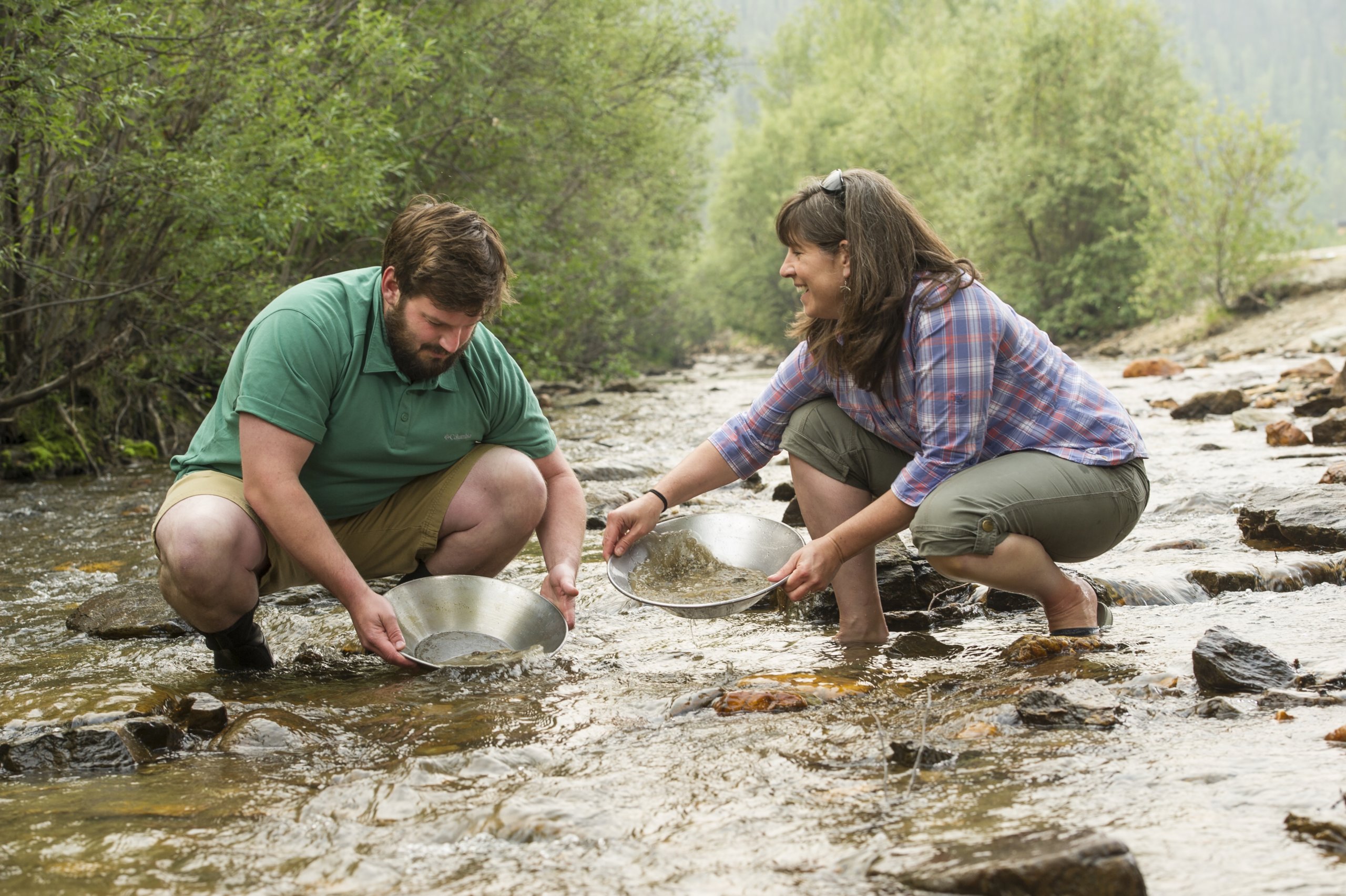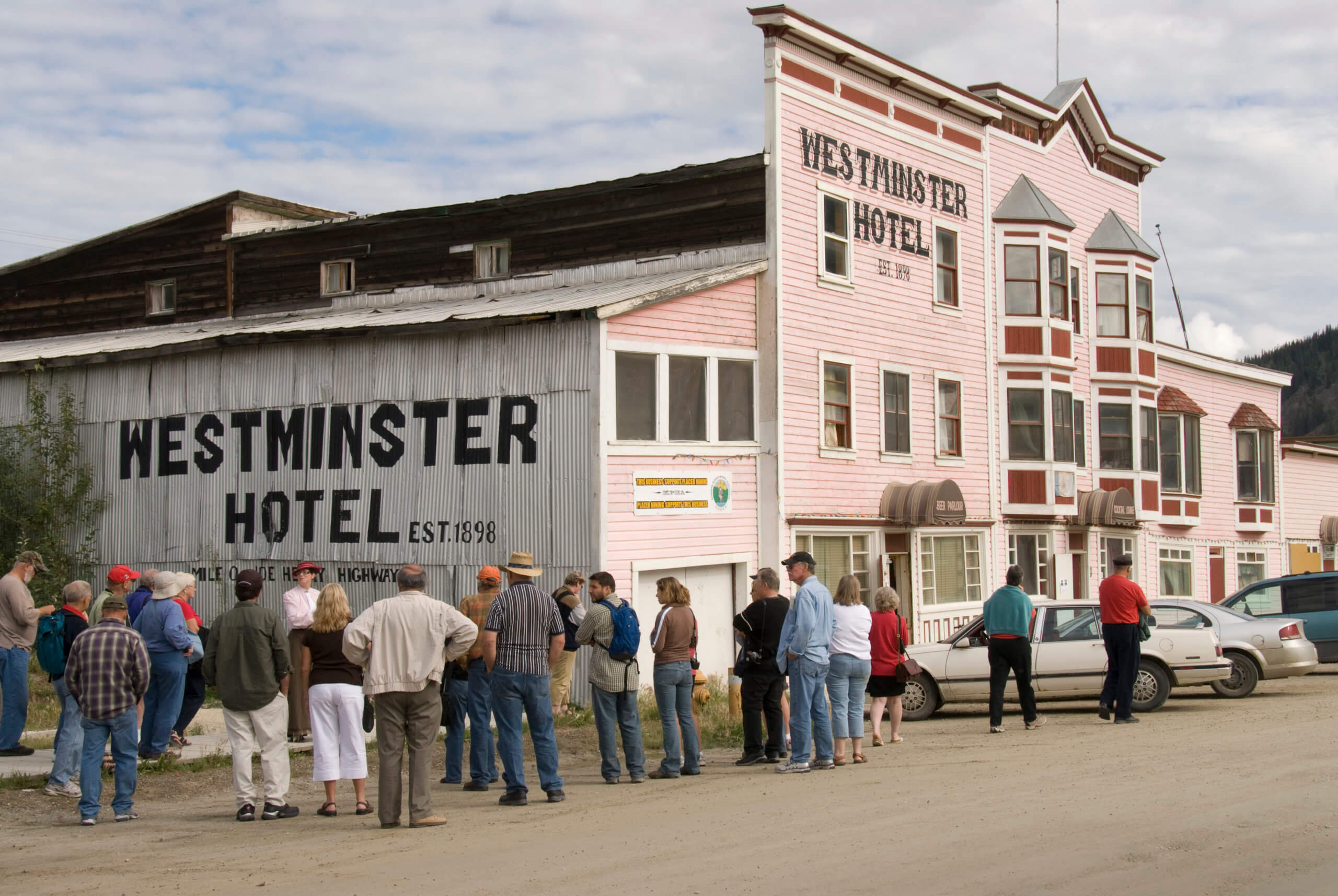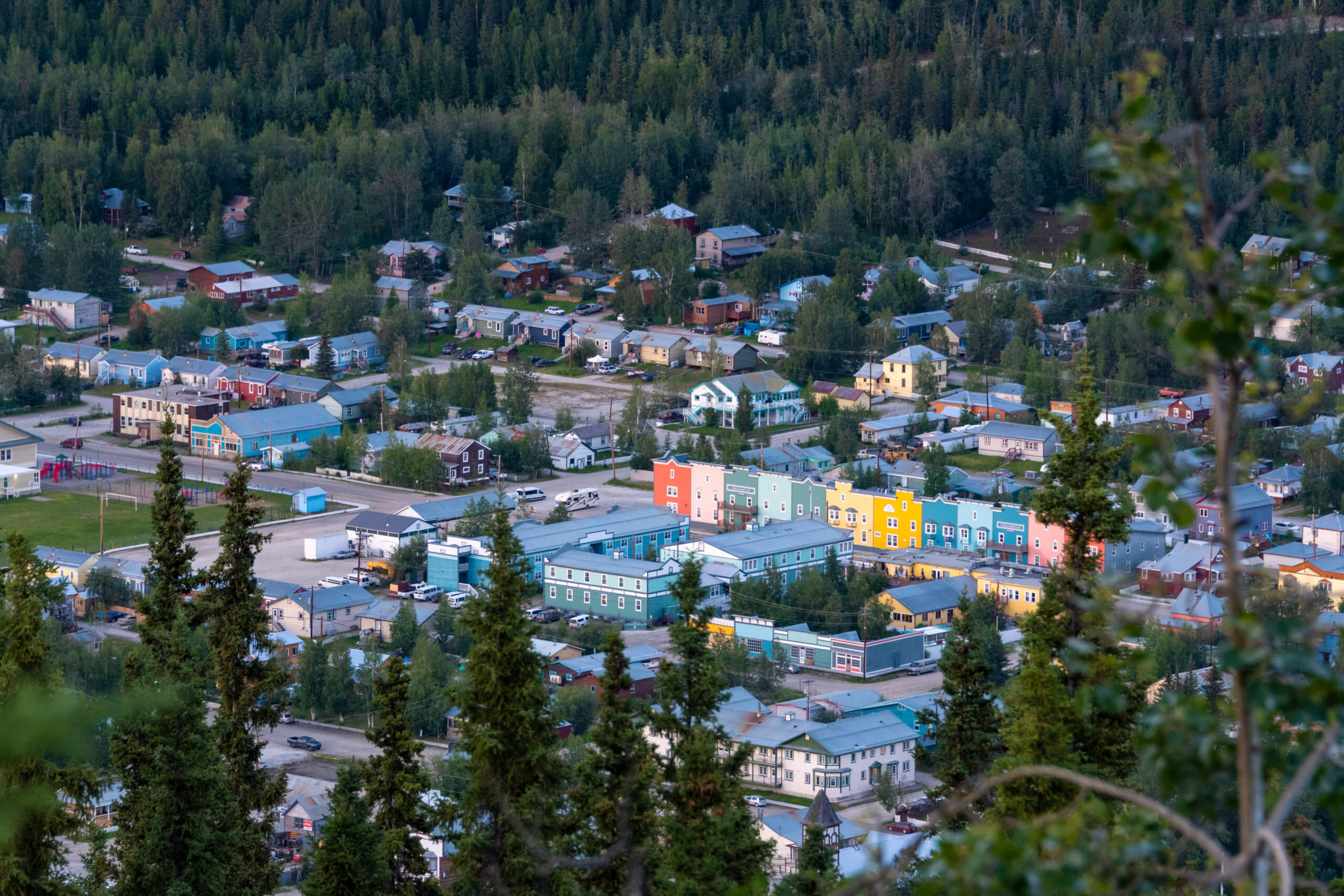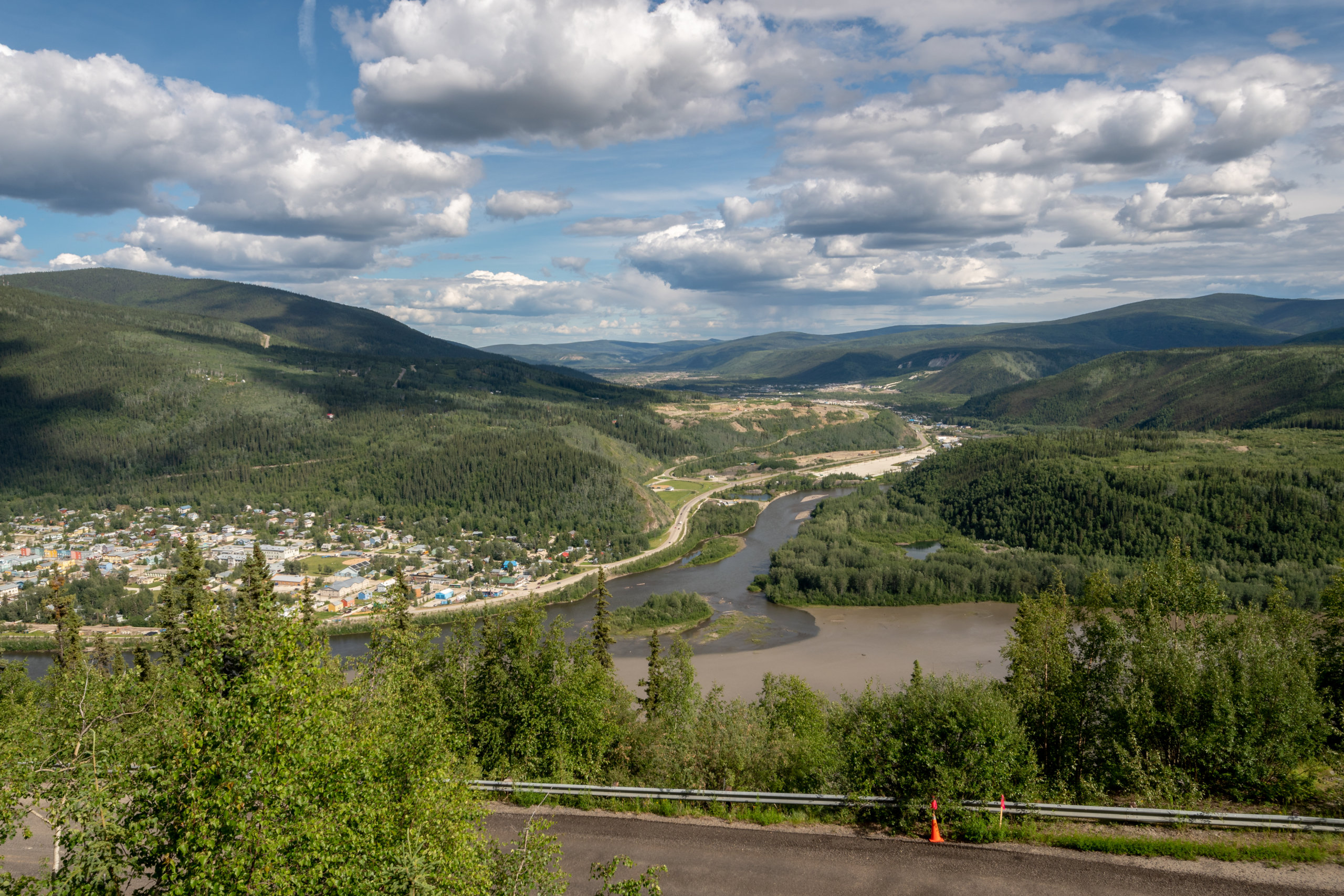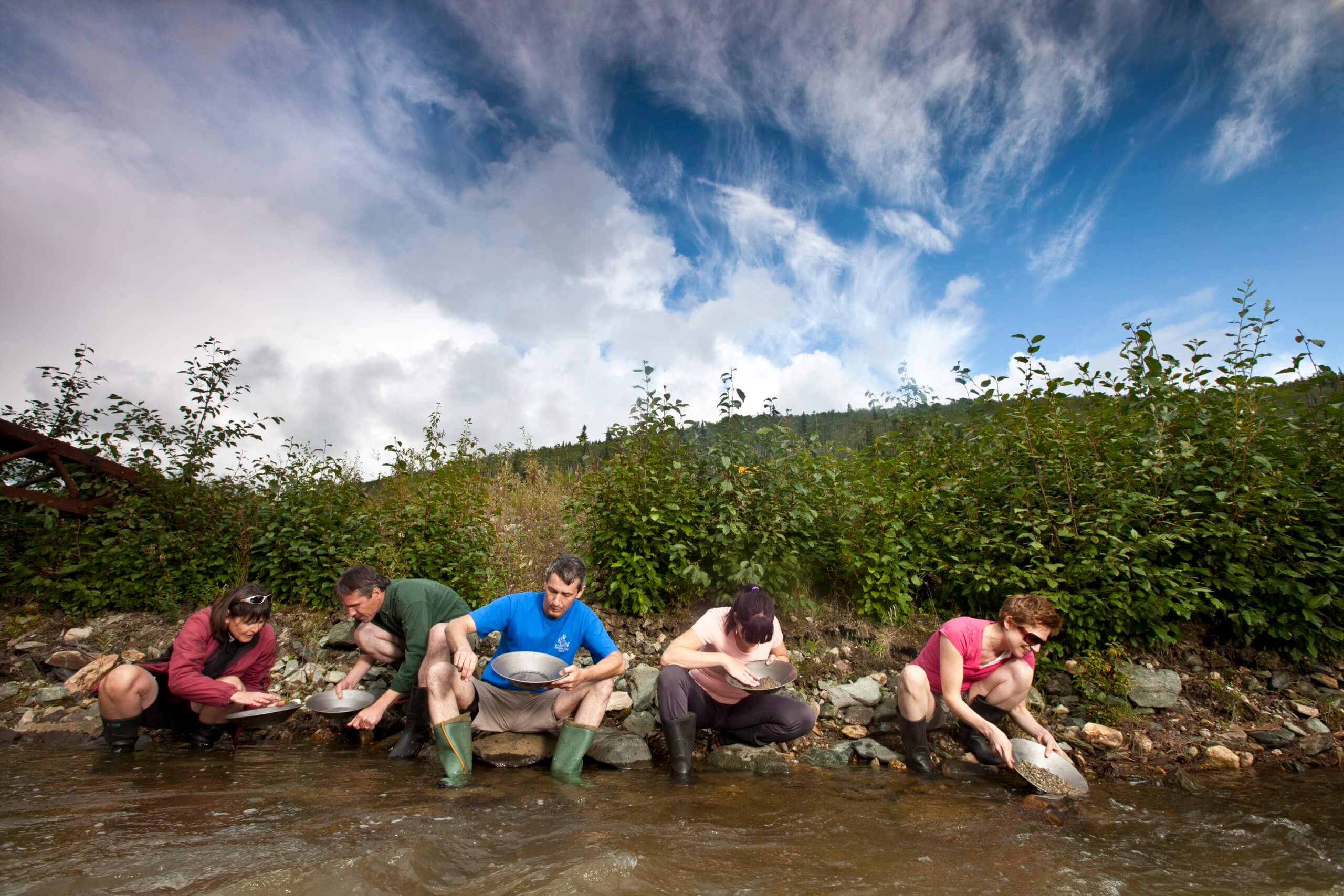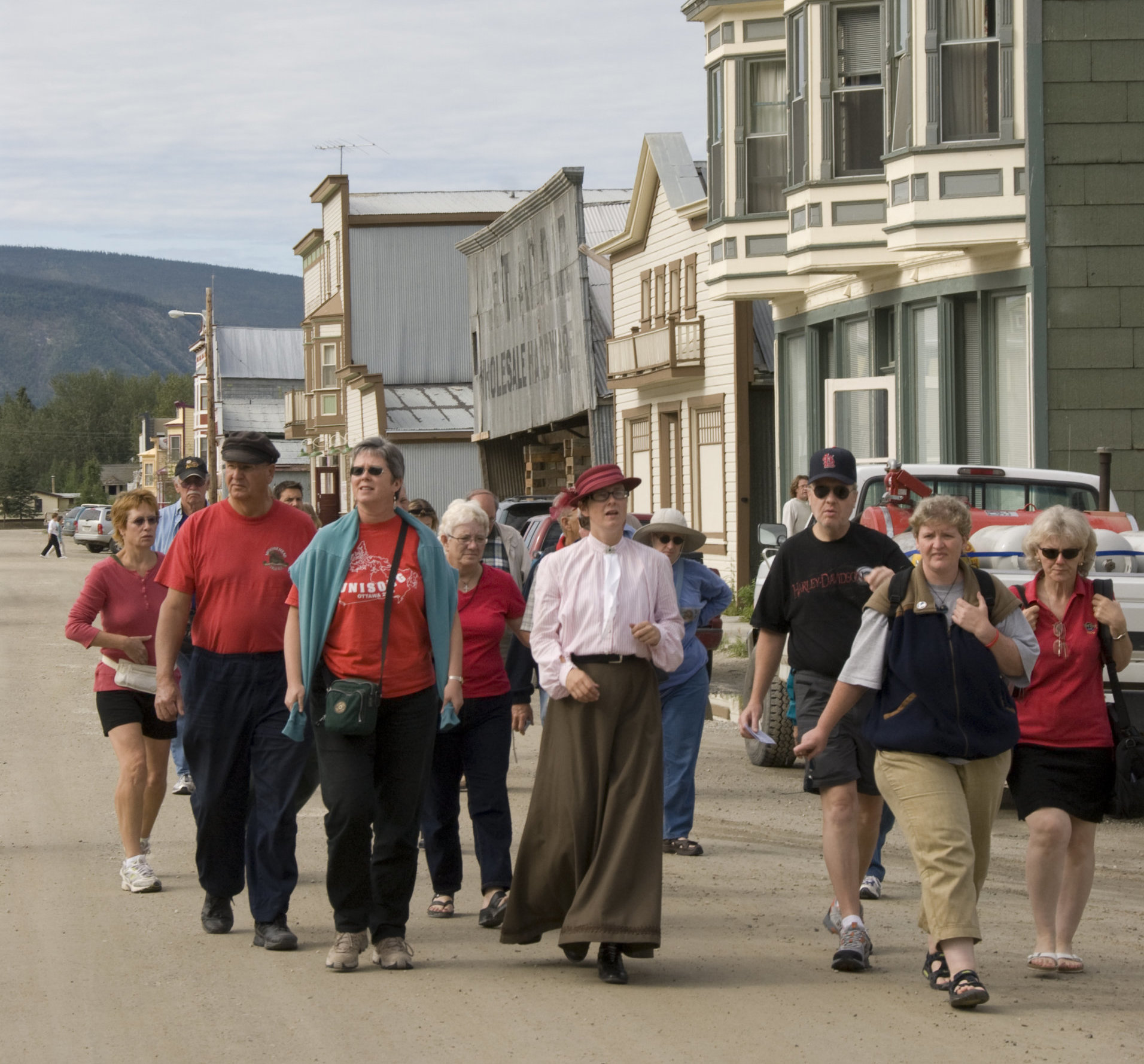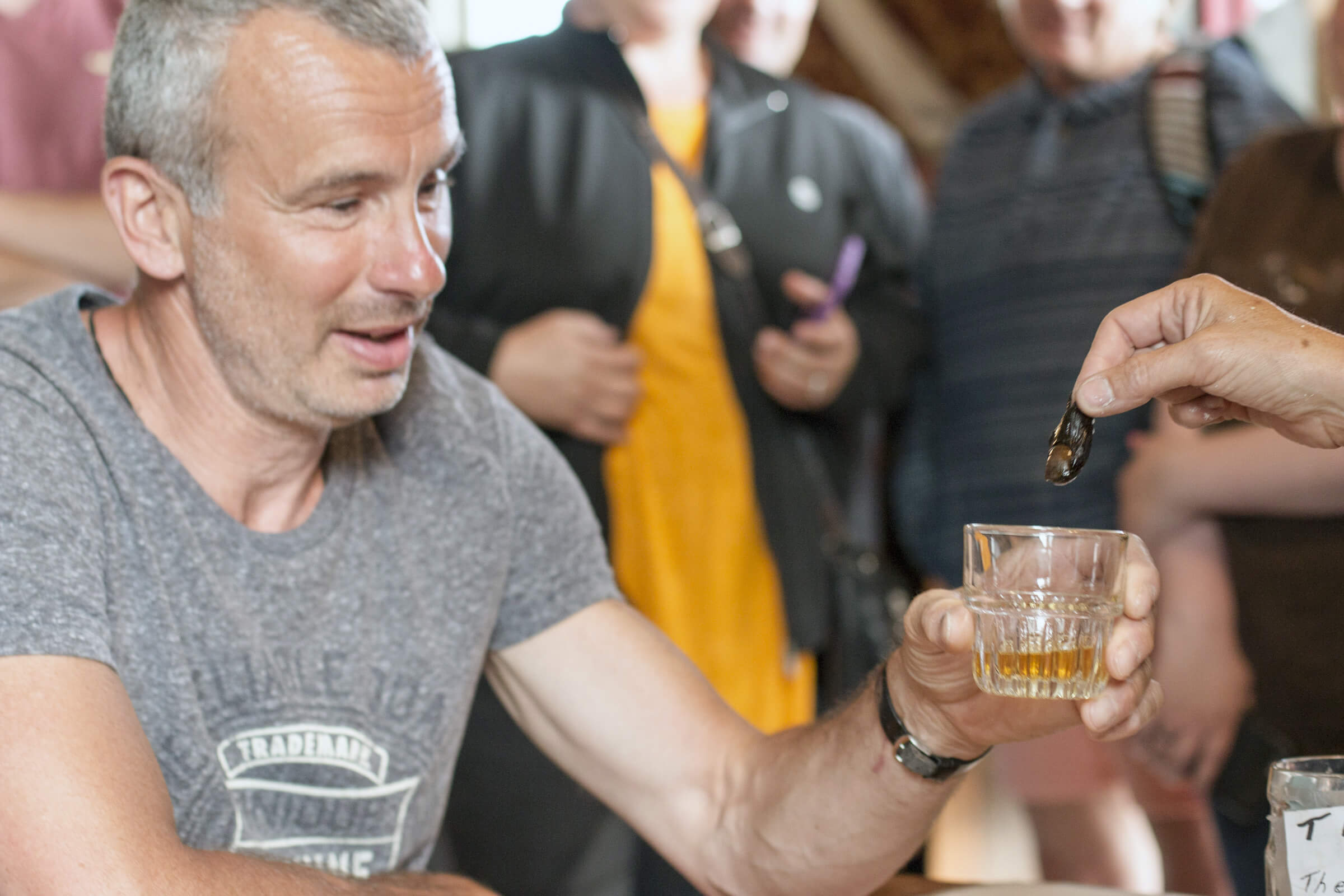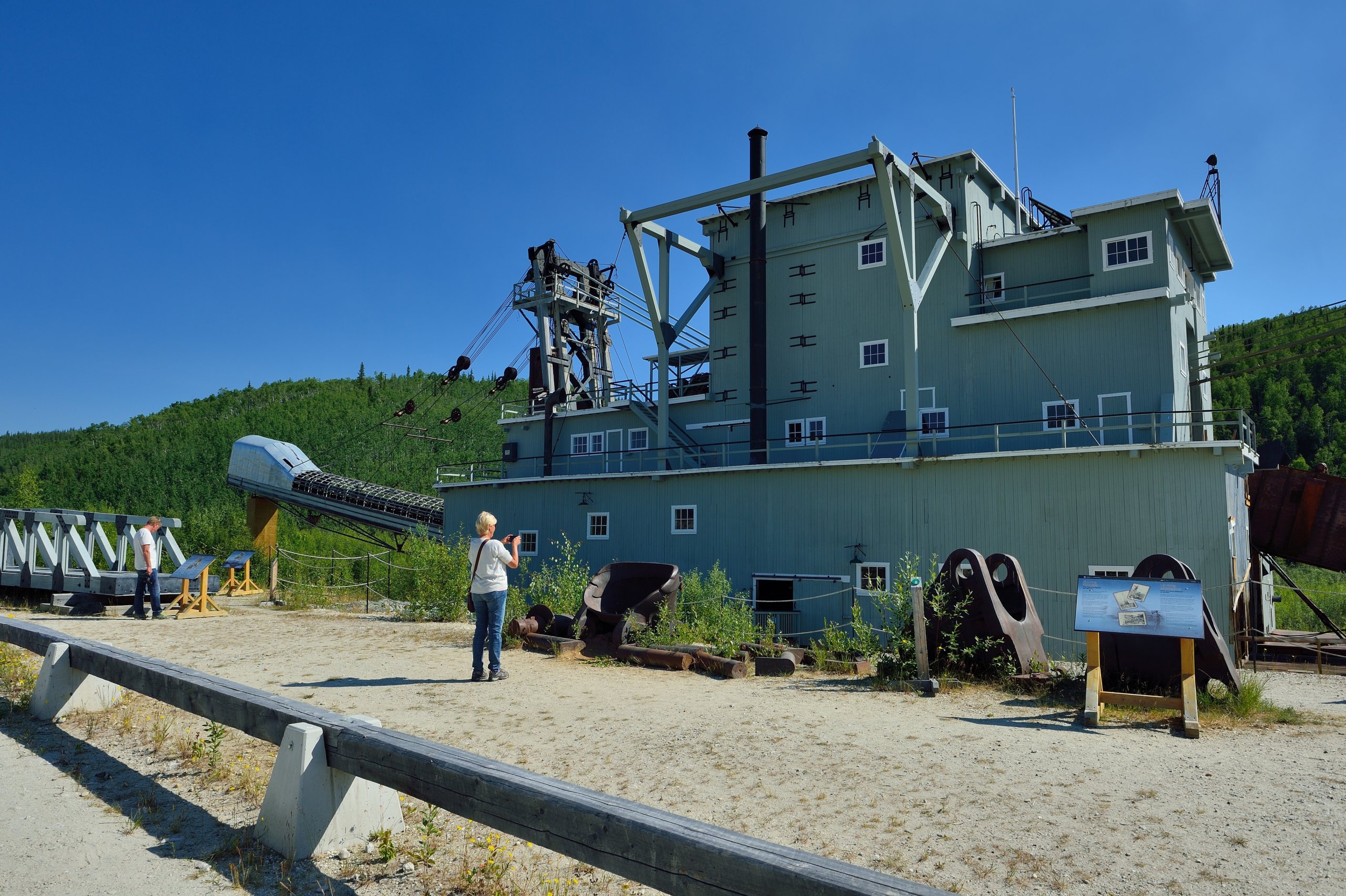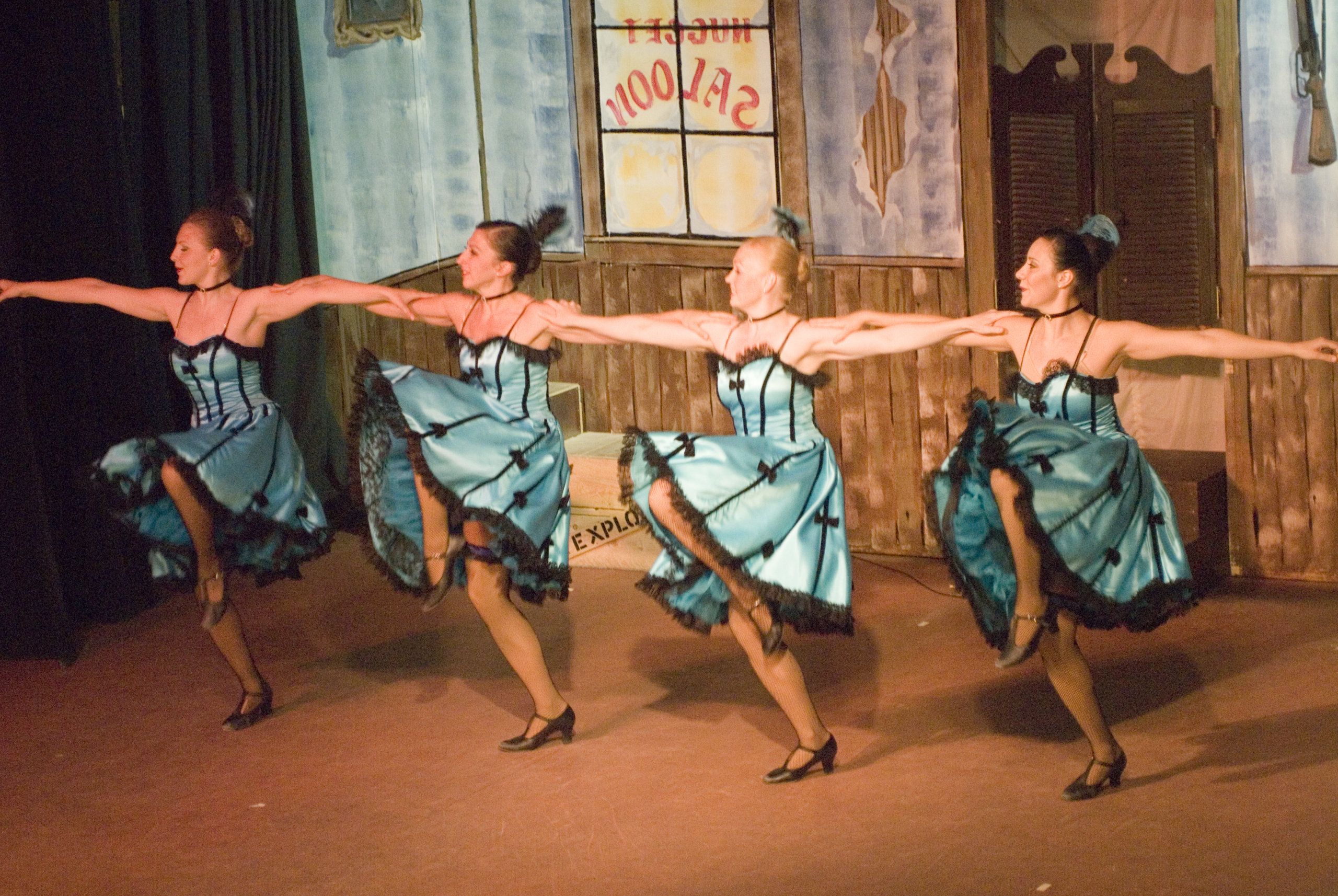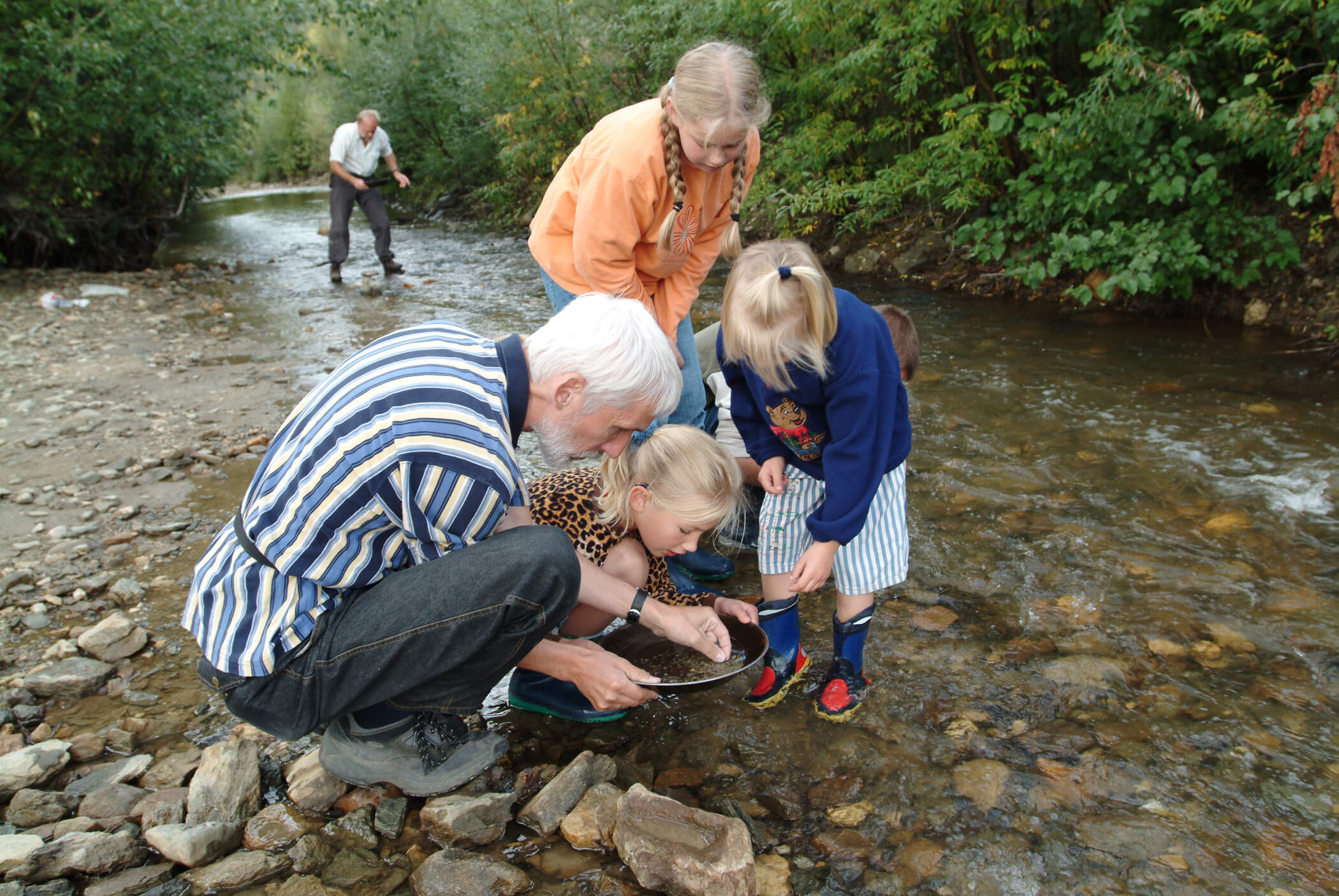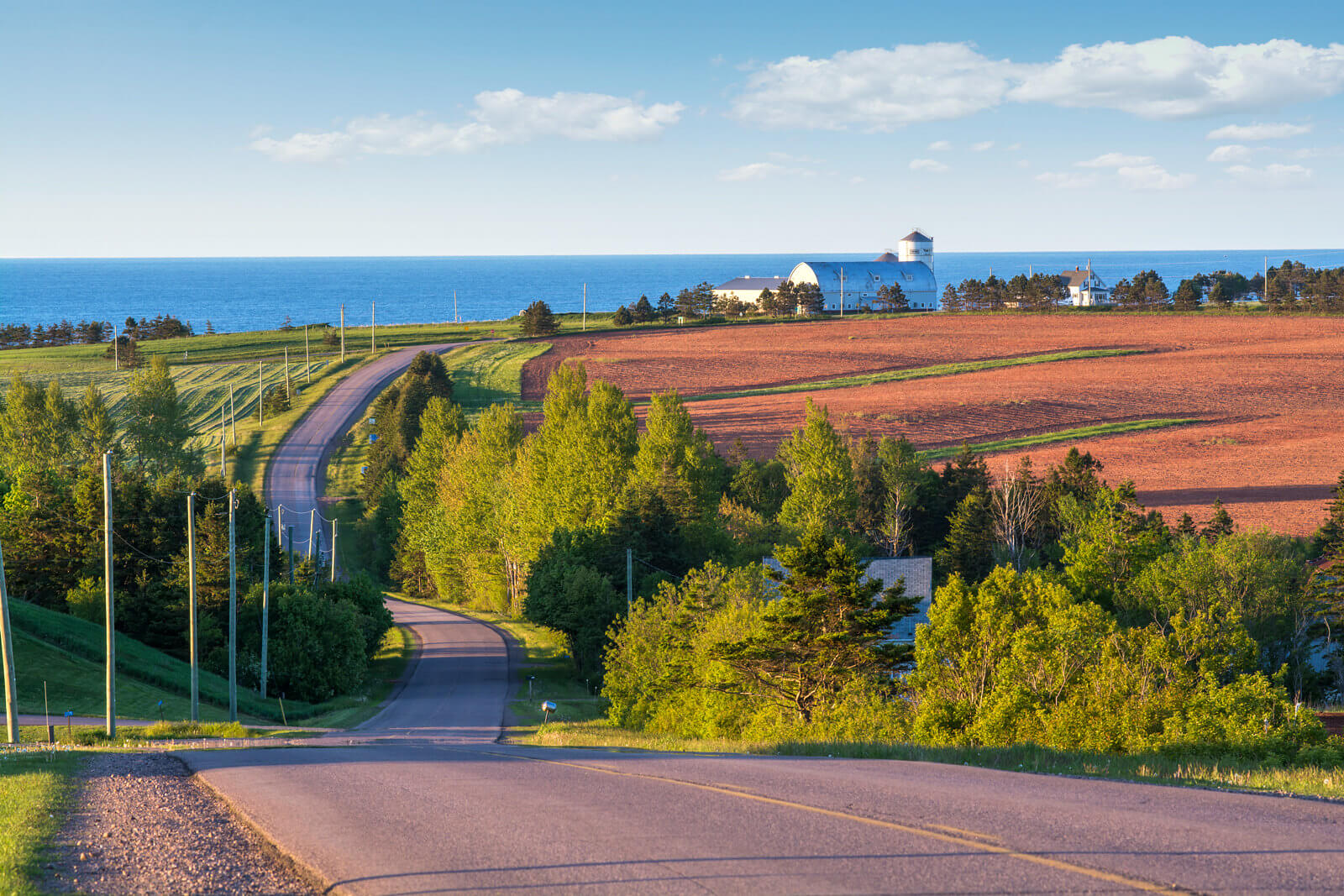Living History: The Gold Rush In Yukon’s Dawson City
It has been more than 125 years since the discovery of gold in a small creek in the Yukon sparked one of the biggest and most frantic gold rushes in the world. While it was seemingly just a brief moment in history — lasting from the fall of 1896 to about 1899 — it has had significant impacts on the region that last through to today.
If you’re interested in diving into the quirky history of the Klondike Gold Rush, a visit to its epicentre is a must. Dawson City, located more than 500 km northwest of Whitehorse, sprang up during the peak of gold fever and today is a welcoming, scenic and entertaining town where gold rush history comes to life.
Try our 4-day Summer Klondike Experience, browse our collection of curated Yukon Experiences or get in touch to plan your perfect Dawson City getaway.
A brief history of the Klondike
On August 17, 1896, four people stumbled upon gold and forever changed the history of the Yukon. The discovery happened close to present-day Dawson City in Bonanza Creek (then known as Rabbit Creek), a tributary of the Klondike River.
The discoverers were James Mason (also known by his Indigenous name Keish or his nickname Skookum Jim), his sister Kate (Shaw Tiáa) and her husband George Carmack and their nephew Dawson Charlie (Káa Goox).
It turned out the creek was brimming with gold and when word of this reached the other gold prospector camps in the Yukon, many rushed to the region, staking claim to much of Bonanza Creek.
This sudden influx of people was nothing compared to what would come in the next year as news of this gold discovery reached southern regions the following spring. When ships full of the newly mined gold arrived in ports along the California coast, more than 100,000 prospectors decided to head north to make their fortunes.
Those who had the money, sailed up the coast and along the Yukon River but the majority of the so-called ‘Klondikers’ got off in one of the Alaskan ports and headed over the mountains on the treacherous Chillkoot or White Pass trails by foot.
The beginnings of Dawson City
A frontier town sprang up on the traditional territory of the Tr’ondëk Hwëch’in First Nation, at the confluence of the Klondike and Yukon Rivers, to accommodate the growing population.
This change in population and interest in the land for gold had a huge social and cultural impact on the many Indigenous people who lived, fished and hunted in the Yukon River region.
It is said that between 30,000 – 50,000 people arrived in Dawson to seek their fortunes. Although most would leave without making much money, some became incredibly rich.
In its heyday, Dawson City became known as the Paris of the North, where the finest food, clothing and goods could be purchased at alarmingly high prices. Bars, brothels, dance halls and gambling centres quickly opened in town, catering to those looking to spend some of their new-found wealth.
It is said that between 1896 and 1899, more than $29 million worth of gold was mined around Dawson City. Most prospectors made nothing and left the area in 1899, following the promise of gold to Alaska.
Why is it called the Klondike?
The word Klondike likely came as an anglicized version of the Han word Tr’ondëk, which comes from the name of the First Nation on whose territory Dawson City sits. When talking about the Klondike Gold Rush most people are referring to a general area around where the Klondike River meets the Yukon River and where most of the gold claims were during the gold fever of the late 1890s.
How to experience Gold Rush history today
It is impossible to visit Dawson City without immersing yourself in its fun-loving approach to gold rush history. Here are just some of the ways you can experience it for yourself:
Take a Dawson City Walking Tour:
Start with a tour of the town where a Parks Canada guide in period costume will show you what the town was like in 1898 and how it has changed today.
Visit the Dänojà Zho Cultural Centre:
Learn about the culture and traditions of the Tr’ondëk Hwëch’in, the original inhabitants of the land, at the Dänojà Zho Cultural Centre. See the impact the gold rush had on their way of life and how the next generation is reviving traditions that were almost lost.
If you are visiting during the summer, you might also be lucky enough to catch the Moosehide Gathering — an inclusive celebration hosted by the Tr’ondëk Hwëch’in First Nation. The event features food, dancing, drumming and much more and takes place in Moosehide Village, a few kilometres from Dawson City.
Try a Sour Toe Cocktail:
Participate in the infamous tradition and become part of the Sourtoe Cocktail Club. What does it take? You have to visit the Sourdough Saloon at the Downtown Hotel and take a shot with a genuine dehydrated human toe inside.
Visit the National Historic Sites:
Take a walk along the Discovery Trail where the first gold was found in 1896 (known as Discovery Claim) and visit the Dredge No. 4 National Historic Site for an unclose look at the massive machine that was used to dig up the river in search of gold. Located on Claim #17 in the Gold Fields, this floating gold mine stands at 18 metres high and is the largest wooden hull bucket line dredge in North America.
Get a taste of gold rush era entertainment:
Visit Diamond Tooth Gertie’s Gambling Hall for a taste of what Dawson City was like in its heyday. You’ll find casino games, cancan-inspired dancers, gold-rush shows and a friendly atmosphere.
Pan for Gold:
Try your own hand at panning for gold the way it was done at the very start. Head into the Gold Fields about 15 minutes outside of Dawson to Free Claim #6 where you can pick your own spot in Bonanza Creek and try to find gold. Although it is free to do so, you must bring your own pans and shovels (which can be rented down the road at Claim 33 or bought in town). The site is owned by the Klondike Visitors Association.

